Whether for solitude, creativity, or community, gardens are fast becoming the new frontier of design experimentation. A growing wave of compact architectural interventions—studios, pavilions, and backyard sanctuaries—are redefining what these outdoor spaces can be. These aren’t your grandma’s gazebos. From charred timber cocoons to low-impact labs made of hempcrete, today’s garden structures are merging innovation with sustainability in small yet powerful ways—turning private plots into portals for reflection, production, and play.
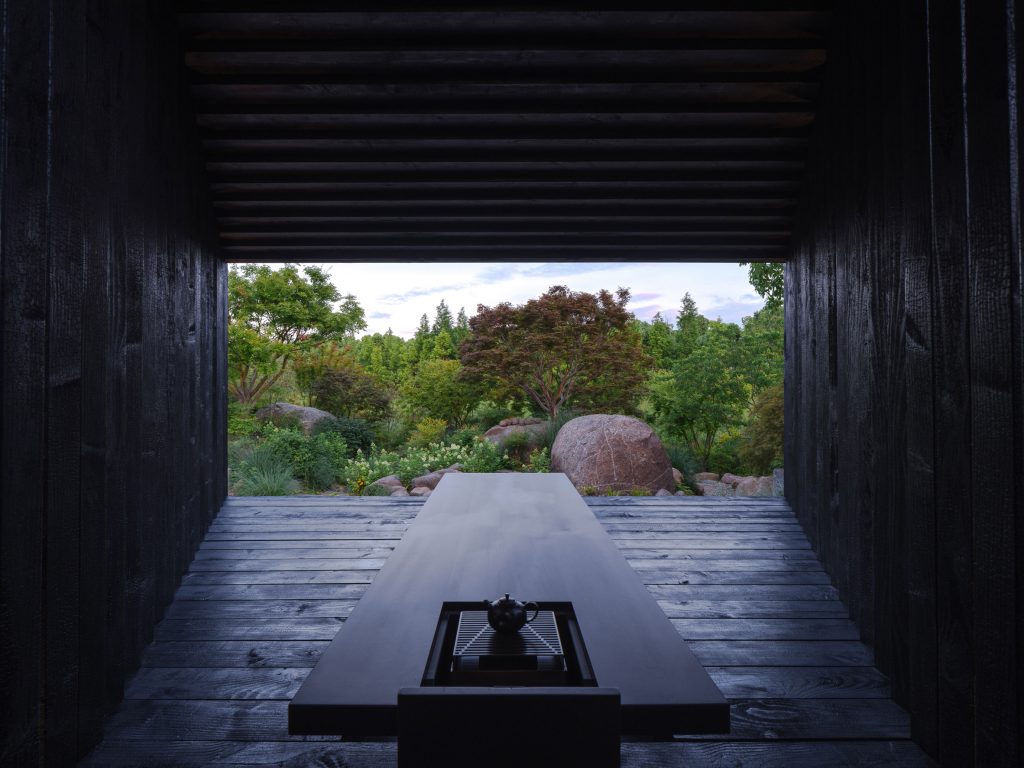
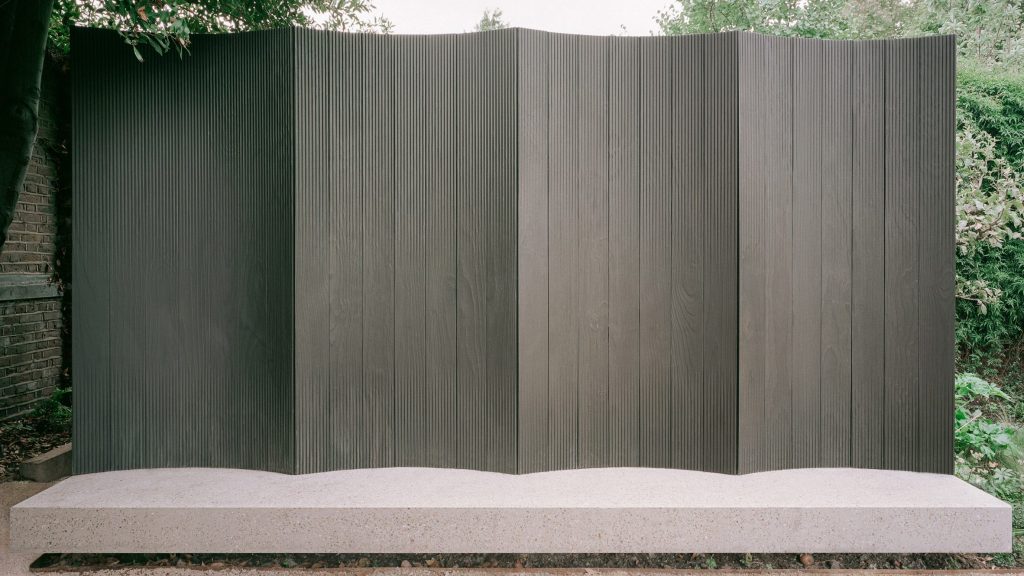
Shou Sugi Bangers by Unknown Works
Buried in the back garden of a London home, Shou Sugi Bangers is a music studio that feels like it dropped in from another frequency. Designed by London-based architecture studio Unknown Works for an electronic music producer, this sunken sanctuary breaks from the typical soundproof box. Instead, it’s a sculptural, sensory-rich pod wrapped in charred Accoya timber—a nod to the Japanese Shou Sugi Ban technique, where flame is used to preserve wood and enhance texture.
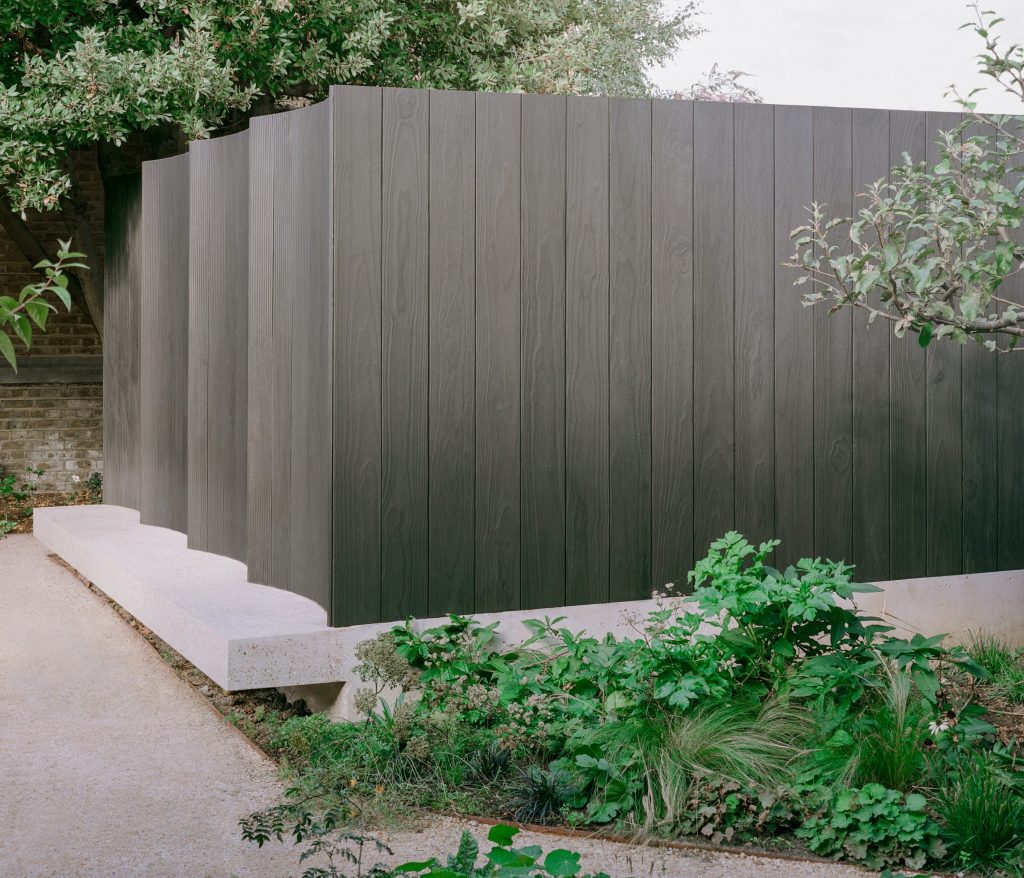
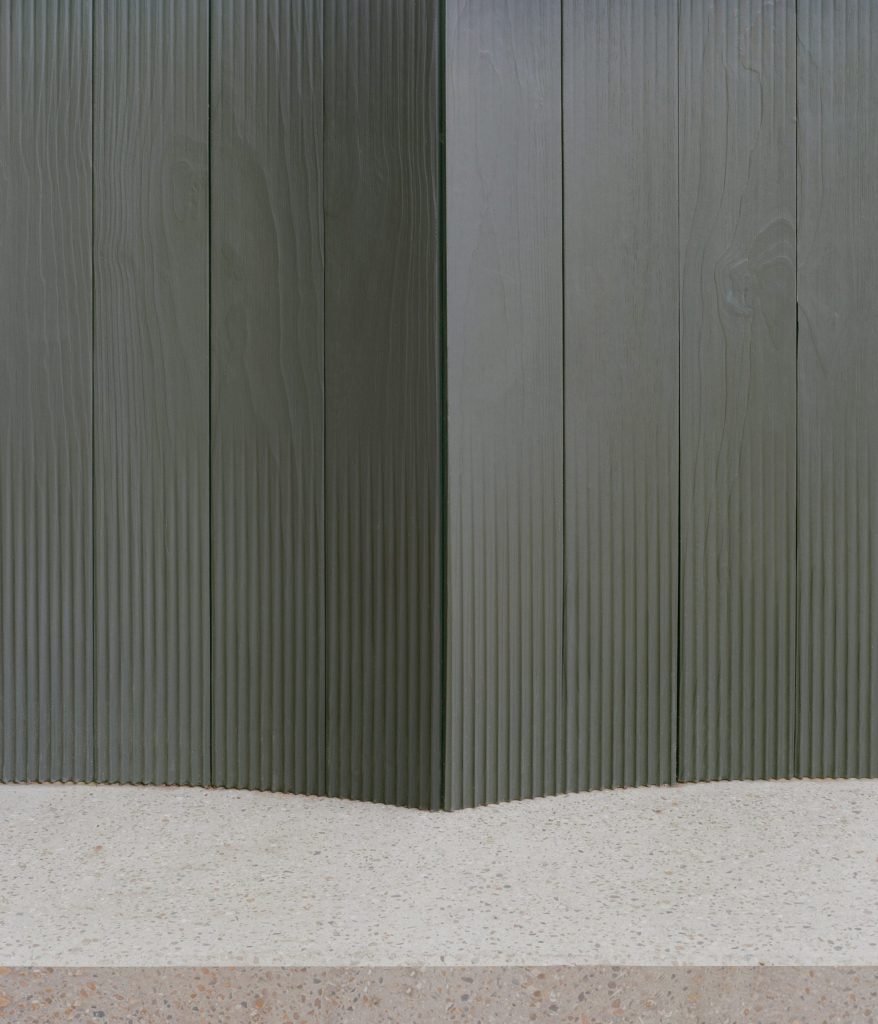
Shou Sugi Bangers by Unknown Works
But the cladding isn’t just visual. CNC-milled into undulating grooves, the timber performs acoustically as well—capturing and altering the sounds of wind, birds, and even the distant city. Garden-side nooks formed by the curved facade encourage outdoor listening, transforming ambient noise into a quiet, ever-shifting soundscape.


Shou Sugi Bangers by Unknown Works
Inside, it’s all focus: acoustic baffles, bass traps, and a double-door airlock ensure sonic clarity. Yet a large skylight softens the interior with daylight, keeping the subterranean space from feeling sealed off. For Unknown Works, this is more than a music studio—it’s a retreat that blurs the line between creative immersion and natural reentry.

Hempcrete Studio by Van Laethem Architecten
While Shou Sugi Bangers isolates and immerses, Van Laethem Architecten’s Hempcrete Studio in Alken, Belgium takes a quieter, lighter approach. Located at the end of a garden behind the home of founder Chris Van Laethem, this modest yet sophisticated workspace doubles as a living demonstration of the firm’s commitment to bio-based construction. It’s part office, part manifesto.
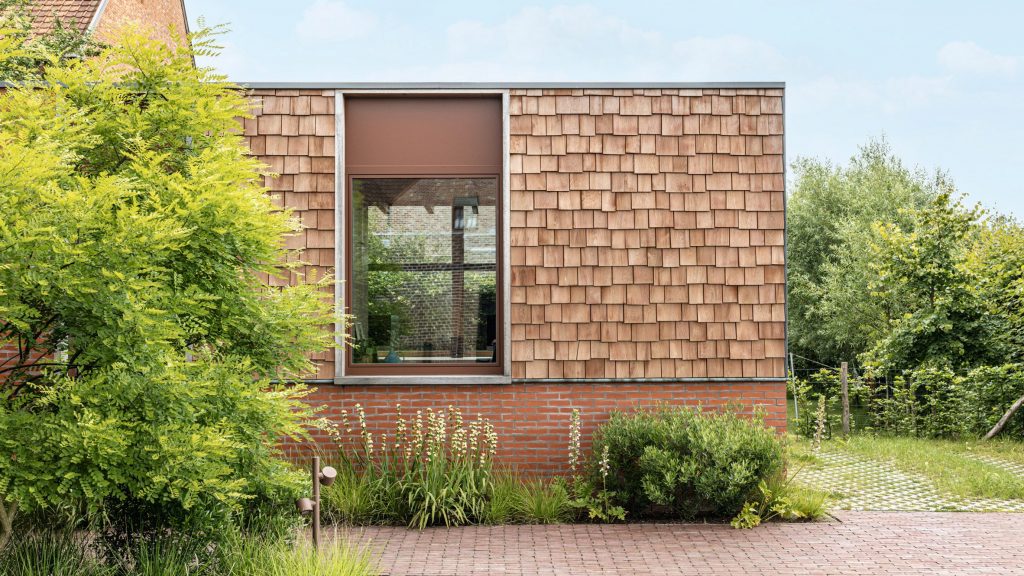
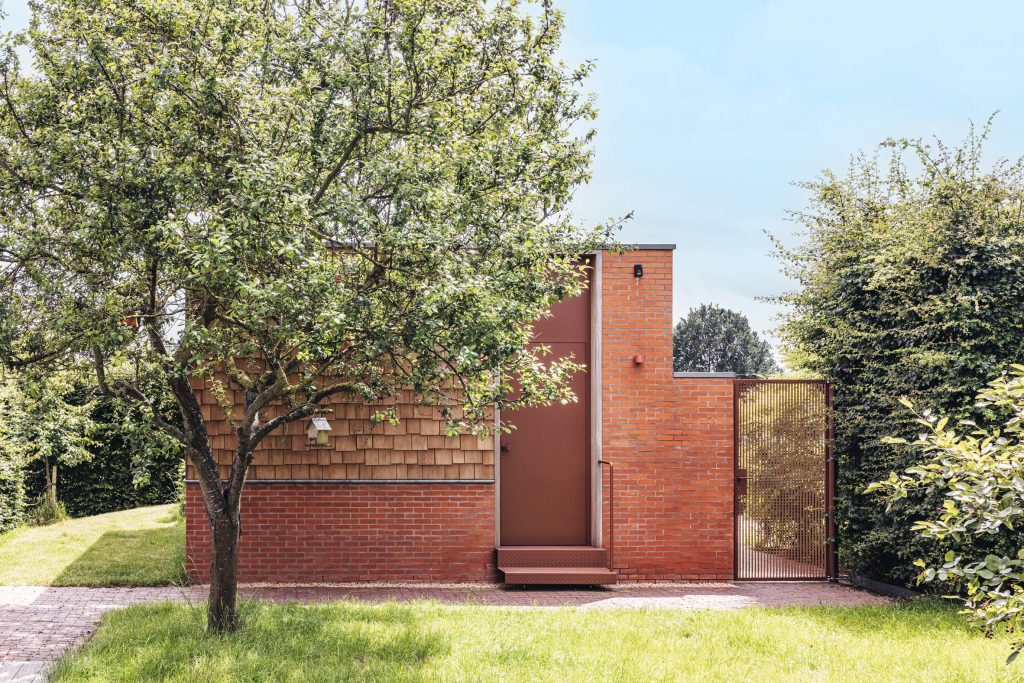
Hempcrete Studio by Van Laethem Architecten
The structure is clad in red brick at the base, referencing the adjacent house, and finished with cedar shingles above—allowing it to sit humbly within its natural surroundings. But the real story is in the walls: made from hempcrete, a breathable, carbon-sequestering material that insulates and regulates humidity. The interior reveals everything—no plasterboard, no paint, no concealment. Timber beams, hempcrete surfaces, and recycled foam glass granules underfoot combine into an atmosphere that feels grounded, tactile, and wholly unprocessed.
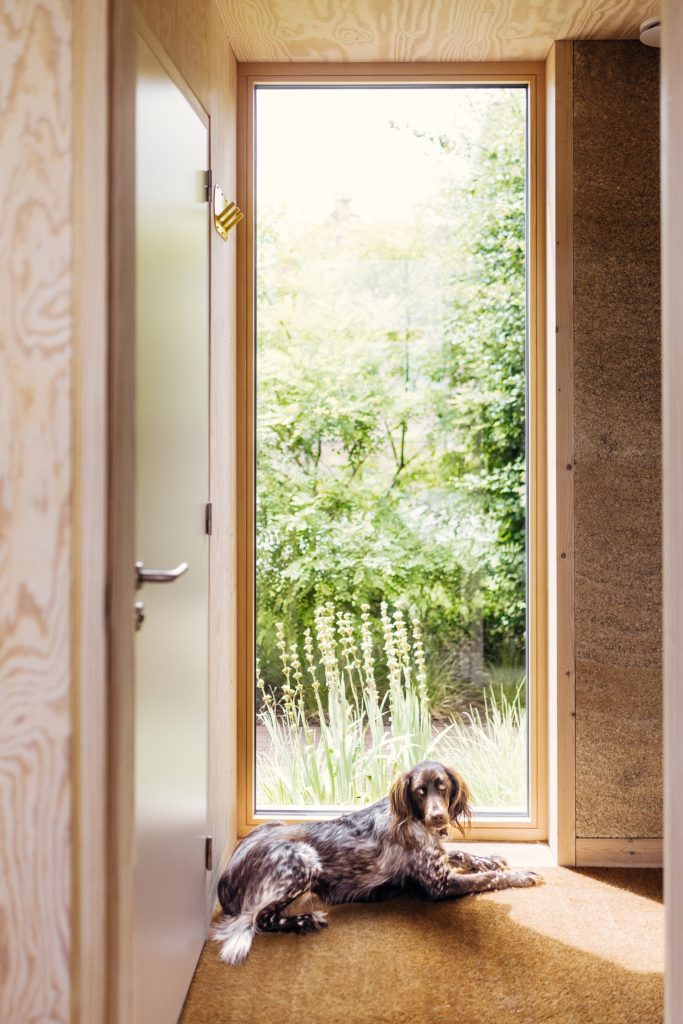

Hempcrete Studio by Van Laethem Architecten
More than a workspace, this studio served as an educational opportunity for its makers. Van Laethem organized hempcrete workshops during construction, turning the project into a platform for learning and shared experimentation. It’s not just a structure—it’s a statement about how and why we build, and who gets to participate in the process.

3-to-1 Pavilion by Temp (also header image)
Situated within a tranquil garden in Shanghai, 3-to-1 Pavilion by Chinese architecture studio Temp is a finely crafted expression of spatial ritual and material integrity. The pavilion is conceived as a contemplative structure that fosters both intimate gatherings and solitary reflection. Its name and form derive from its unique triangular geometry, which subtly choreographs visitors’ movement from open, communal space to a singular point of focus. This journey, articulated through architectural narrowing, culminates in a tall vertical slit at the apex—framing a deliberate, cinematic view of the garden beyond.


3-to-1 Pavilion by Temp
The pavilion’s envelope is constructed from 30 precision-crafted timber frames, each charred using the traditional Japanese Shou Sugi Ban technique. The resulting material finish—darkened, tactile, and weather-resistant—references both the age-old craftsmanship of East Asian architecture and a modern desire for low-maintenance sustainability. These louvred frames are spaced to admit filtered daylight, casting dynamic shadows across the pavilion’s blackened wooden floor and central tea table. The interplay of light and void imbues the interior with a meditative atmosphere, offering a sensory experience that evolves throughout the day.

3-to-1 Pavilion by Temp
Rather than imposing itself on the garden, the pavilion is conceived as an extension of its context. Raised on a concrete plinth, the lightweight timber structure respects the existing terrain while anchoring itself as a place of quiet purpose. The exposed tenon joints highlight traditional joinery techniques while eliminating the need for synthetic adhesives or fasteners, underscoring the project’s low-impact ethos. Temp describes the pavilion as an “integration of time, space, and people”—a physical dialogue between built form and natural setting, where geometry guides behavior and materiality deepens the experience of place.